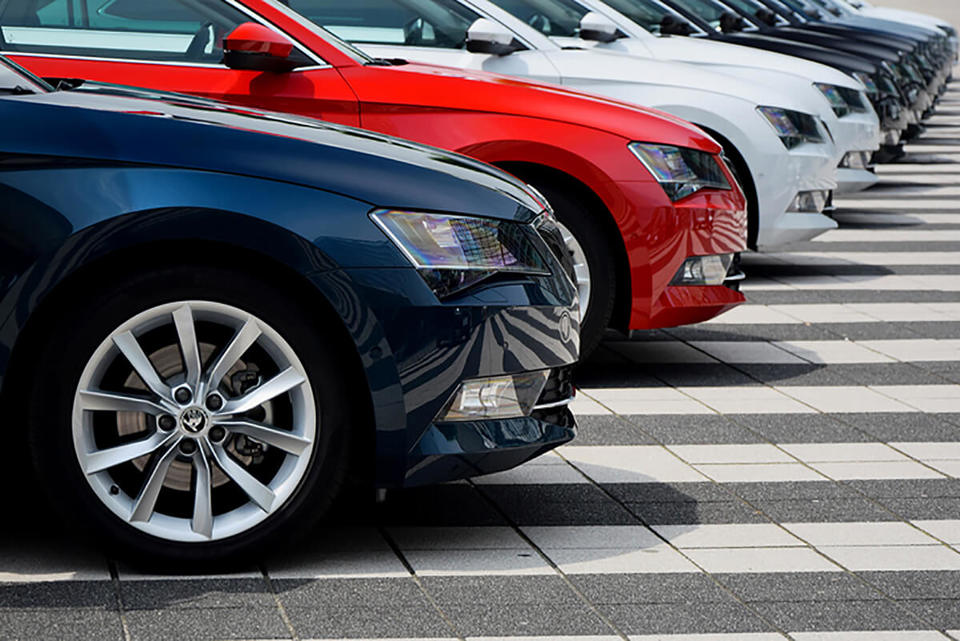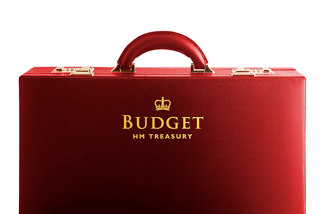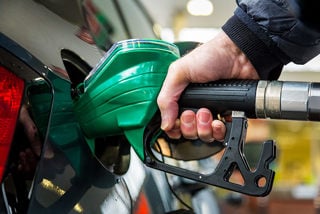The fleet industry is calling for clarity around future company car taxation rates ahead of the Budget on November 22.
Fleet representative body ACFO has repeatedly asked for benefit-in-kind (BIK) tax rates to be known for what, in the vast majority of cases, will be the entire operating cycle of a vehicle.
In recent years, businesses have moved to longer replacement cycles with company cars driven into a fourth and even a fifth year in some cases.
ACFO chairman John Pryor told Fleet News: “It is therefore critical that employers and employees are not left in the dark as to what their BIK tax bills will be in their final year or two of operation. We would urge Chancellor of the Exchequer Philip Hammond to confirm company car benefit-in-kind tax rates for at least 2021/22 and 2022/23.”
ACFO is also keen for the Chancellor to tell fleets how carbon dioxide (CO2) emissions measured via the new Worldwide harmonised Light vehicles Test Procedure (WLTP) will impact on company car BIK rates.
The new vehicle emission and mileage testing regime was introduced in September for all new car and van models requiring a new type approval number and will be used from September 2018 for all cars and vans.
ACFO deputy chairman Caroline Sandall said: “Industry experts have suggested that CO2 figures on a car-by-car basis could increase by about 20% with introduction of the WLTP, but fleet managers and company car drivers still do not know how company car BIK tax rates will be adjusted to reflect the new regime.
“Company car tax bands based on CO2 emissions under the existing testing regime have been published until 2020/21 so it makes sense to use them and then switch to WLTP.
“It is ACFO’s understanding that HM Treasury does not see WLTP as a tax-raising development, but as transitional. Therefore, changes in the way vehicles are being tested should not be seen as a mechanism for raising more tax and should be tax neutral.”
Hammond has said the tax treatment of diesel vehicles could change to cut pollution from the transport sector and improve air quality.
He could also target diesel by increasing fuel duty, having previously announced a seventh consecutive freeze in last year’s autumn statement. Previous Budget papers have shown that the Treasury expects revenues from fuel duty to rise by £2 billion to £30bn a year by 2021.
A Fleet News poll suggests almost half (49.5%) of respondents expect the Chancellor to increase fuel duty.
Colin Tourick, professor of automotive management at the University of Buckingham Business School, said: “The right way to discourage the use of older diesels – which are not clean – is to introduce T-charge zones, such as the new one in central London, because oxides of nitrogen do the most damage in heavily-congested areas.”
Fleets have already been subjected to a lot of change in 2017, says Matthew Walters, head of consultancy and data services at LeasePlan UK.
“April saw the introduction of a new Vehicle Excise Duty system and new rules for Optional Remuneration Arrangements,” said Walters. “July saw the publication of the Air Quality Plan, with its promise of Clean Air Zones around the country. And now it’s the turn of the Chancellor’s first Autumn Budget.
“This Budget cannot add to the uncertainty facing fleets and motorists. In fact, it should provide clarity. The Chancellor must take the opportunity to reveal the rates of fuel futy for next year, as well as the rates of company car tax for 2021-22 – and preferably beyond.
“With motorists struggling with the rising cost of living, and fleets under increasing financial pressure, we’d like to see the Chancellor show some compassion. He can do so by maintaining the freeze on fuel duty rates for another year – or perhaps even cutting them for the first time since 2011.”
Grey fleet risk
Against this backdrop of uncertainty, the Government is also striving to drive the take-up of ultra-low emission vehicles (ULEVs), which it currently defines as vehicles with CO2 emission of 75g/km and below.
However, company car benefit-in-kind tax rates for these cars will increase significantly up to and including 2020/21. For example the tax rate for a 75g/km car will rise from 13% in 2017/18 to 20% in 2020/21 - that’s more than 50%. Furthermore, the choice of vehicles with emissions below 75g/km is extremely limited, including plug-in vehicles.
Pryor said: “The tax regime must be aligned to the availability from vehicle manufacturers of viable cars for fleet operations and should incentive the take-up of ULEVs as otherwise, ACFO fears, employees will move out of company cars and opt for a cash allowance and move into a ‘grey fleet’ vehicle.
“What’s more, we know, that switch typically results in cars being chosen with higher CO2 emissions than would be the case with a company car and associated problems around employers managing the use of such vehicles on business journeys.”
Fleets also need to know the Government’s future plans for the availability of plug-in car and van grants.
With reference to the plug-in car grant, the Government previously said that it would be maintained at “current levels until at least October 2017, when a review of grant levels will be carried out”.
With regards to the plug-in van grant, the government has previously said that it would be “maintained at the current rate until March 2018 or until 5,000 vans have been ordered, whichever comes first”.
Sandall said: “It is imperative that Mr Hammond gives clear and unequivocal guidance on the government’s plans for both the plug-in car and van grants.
“Both markets remain in their infancy so it is critical that grant support remains in place for many years to come to encourage further corporate demand. A failure to extend plug-in grant support will, ACFO fears, severely impact on fleet demand for electric cars and vans.
“Additionally, the government must also clarify its plans for the long-term availability of Workplace Charging Scheme and Electric Vehicle Homecharge Scheme financial support.
“Fleets are also concerned at the sporadic roll out of vehicle recharging points. There needs to be a national infrastructure plan and not, what seems to be occurring, and that is recharging points being made available piecemeal in ‘green’ focused urban areas and even then in far from sufficient numbers.”
John Webb, principal consultant at Lex Autolease, concluded: “The Government has an opportunity to provide clarity to fleet operators about a range of issues, and continue to support the fast-growing electric vehicle market.
“When it comes to ultra-low emission vehicles, the combination of changes to Benefit-in-Kind and Vehicle Excise Duty have made many more expensive in the short term than their traditionally-fuelled counterparts.
“New measures to reduce these costs would make a difference in the level of uptake across fleets, providing buyers with much greater certainty.”
























The Engineer - 13/11/2017 21:18
Sigh.. our company just dropped the cap to 99g/km but still expect us to haul lots of kit around to sites, I am guessing the decision makers have never seen the size of boxes sub-assemblies come in.. yes you can always downsize engine until your driving something with a lawn mower unit, why not? so much traffic now performance is largely irrelevant anyway but drivers pay an ever hefty tax bill for the dual purpose of the vehicle being a personal and family one too, downsizing for the job is one thing but its our cars as well.